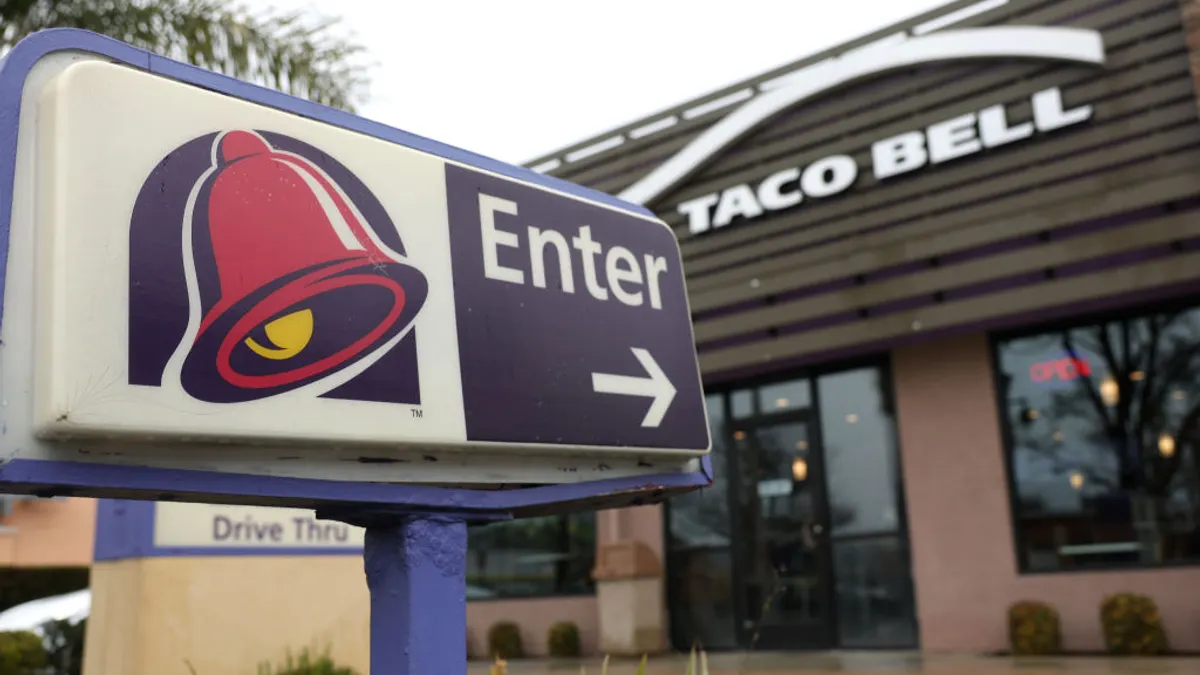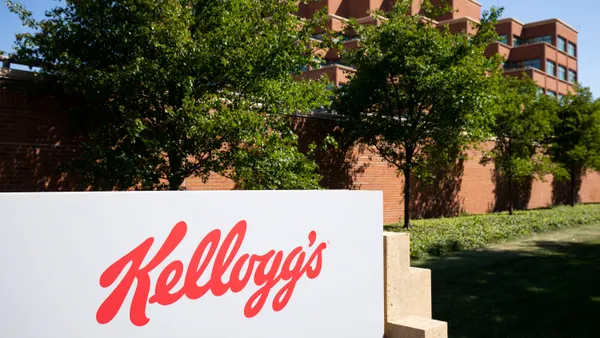Scotts Miracle-Gro is leveraging machine learning and artificial intelligence to improve inventory management through more accurate demand forecasting.
The effort was spurred by an unsustainable inventory buildup in the wake of the COVID-19 pandemic. Demand during the crisis spiked, leading the lawn and garden care brand to exponentially grow its production and distribution footprint. At its post-pandemic peak, the company operated 18 distribution centers, President and COO Nate Baxter told Supply Chain Dive.
However, once demand normalized in 2023, Scotts Miracle-Gro needed to strategically right-size its inventory operations, Baxter said. At the time, Scotts Miracle-Gro was carrying $1.3 billion worth of inventory.
“When the demand dried up, we were left with a balance sheet that wasn’t healthy from a capital allocation standpoint,” the COO said. “So, our first effort was how do we reduce the inventory we keep on hand?”
With the help of data analytics and predictive modeling, the company has since reduced its inventory to $627 million in value so far in 2025. Baxter said the company will likely finish under $500 million by the end of the year.
The company has also shrunk its distribution center footprint to five sites, but such a reduction was no easy feat. To execute effectively, the company needed the planning side of the business to get smarter, Baxter said.
“And the other thing I realized anecdotally is with such a vast distribution network, it's very easy for your supply chain people just to build inventory and stuff it into the network,” he said. “And the problem is if you don't have a good planning tool, you don't necessarily know where the demand is.”
Previously, Scotts Miracle-Gro based its inventory planning strategy by comparing against a national average. However, because different regions have different demand levels, that method didn’t work, according to Baxter.
By applying machine learning algorithms to already-visible inventory levels at retail partners, Scotts Miracle-Gro obtained individual store data down to the SKU level to drive better planning capabilities, Baxter said. From there, the company set out to build a machine learning model that can predict where inventory is needed and when.
“Without the implementation of machine learning — and now we’re layering AI on top of that to help make better predictive decisions about inventory — it would have been really hard to get where we needed to be on the inventory piece,” Baxter said.
When it began constructing the model, Scotts Miracle-Gro was “still absolutely managing things on spreadsheets,” creating a need to leverage this information with the new technology, Baxter said. To build the model, Scotts Miracle-Gro also had to verify data sources into a single data pool.
The next step was inputting the verified data with a planning software provider, Baxter said. Scotts Miracle-Gro also recently signed an agreement with a third party to integrate its machine learning model into a planning tool. Baxter did not provide specifics about the partner company.
Scotts Miracle-Gro plans to further integrate the tool into a new ERP system that can accommodate AI components, Baxter said.
While Scotts Miracle-Gro plans to continue developing in-house tools, the brand is now starting a larger transformation to "complete this journey" with software partners such as Kinaxis and Sierra.AI, Baxter said.
The company also plans to continue ramping up and piloting the use of new technology in its supply chain.
A year ago, Baxter challenged his supply chain team to take $150 million out of its supply chain over a three-year period through technology projects. Inventory management has been a huge part of the effort, with the company also exploring the use of inventory drones and automated forklifts. So far, the team has achieved cost savings of $75 million in 2025, with the company projecting it will hit the $150 million goal by fiscal year 2027.
This story was first published in our Operations Weekly newsletter. Sign up here.















